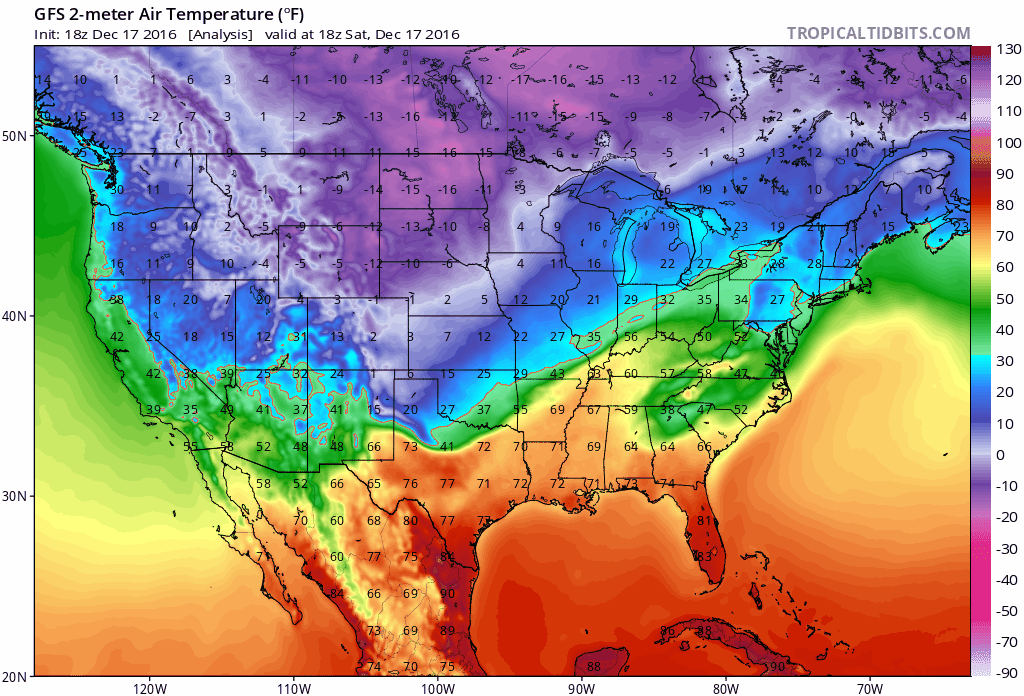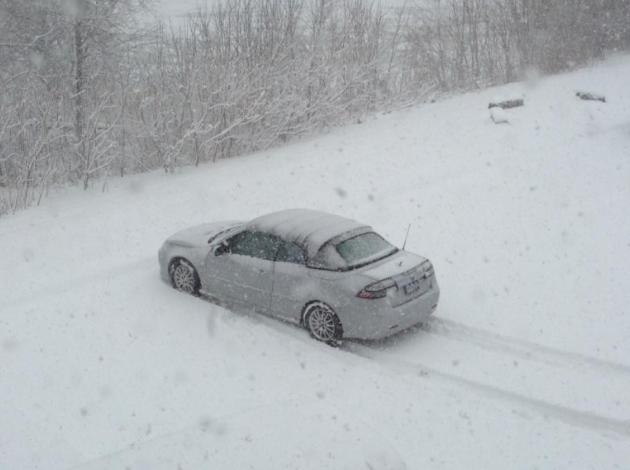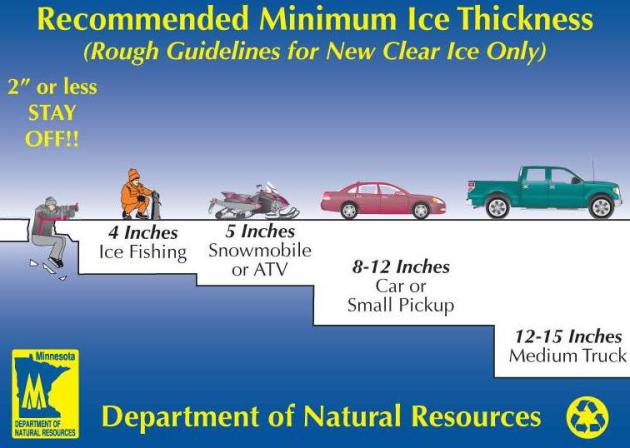9 F. high Saturday in St. Cloud.
24 F. average high on December 17.
26 F. high on December 17, 2016.
December 18, 1923: Southern Minnesota experiences a 'heat wave'. Temperatures rose into the 60s at New Ulm and St. Peter.
December 18, 1917: Milaca has its fifty-ninth consecutive day with no precipitation.

Frostbite Alert - Coldest Day of the Winter?
-20F with a wind chill of -40F? If this was anywhere else the governor might be calling out the National Guard, opening warming centers; evacuating random Floridians who can't handle an arctic spanking.
Minnesotans? We thumb our collective frostbitten noses at the cold. I'm taking my youngest son to see a Vikings game. Many will go to church, stores and area malls. Others will play in the cold. I find that endearing and awe-inspiring. Today will bring out your inner weather pioneer.
But take the chill seriously. A Wind Chill Warning means exposed skin can become frostbitten in under 10 minutes. Multiple layers, cover your face and take in the 3-D Siberian IMAX experience. Admission is free.
Squeaky snow underfoot and ice crystals up your nose with today's (rare) subzero high give way to drippy icicles this week with a streak of 20s and 30s. A coating of slush is possible Wednesday, but I don't see big storms between now and Christmas.
Parkas return in a week, but not as cold as this. Today's weather would probably kill most ordinary Americans. Here it's just another day.

Moderating Temperatures. In spite of another cold jab for Minnesota and the Upper Midwest next weekend (just in time for Christmas Day) temperatures trend generally milder for the USA over the next couple of weeks. 384-hour GFS 2-meter temperature forecast: NOAA and Tropicaltidbits.com.



Think you may suffer from SAD? The Mayo Clinic lists these symptoms:
• Irritability
• Tiredness or low energy
• Problems getting along with other people
• Hypersensitivity to rejection..."
5 Ways To Make Sure Your Parents Are Safe in Bad Weather. It pays to be paranoid, especially with older parents; here's a clip from PBS nextavenue: "...Power outages can easily occur in winter and summer weather so it’s important that older adults know what to do and not do when the power is out. For example, I make sure that my dad has a good number of non-perishable food items and bottled water on hand so he’ll have plenty to eat if we can’t get to the store. But my husband and I have stressed that he should never try to heat up those non-perishables using his camping stove. As this piece from Today.com explains, because of the risk of carbon monoxide poisoning, no one should ever “burn charcoal or use gasoline- or propane-powered equipment inside [the] home...”
First White Christmas in 3 Years for the Twin Cities. Hard to believe (staring out the window now) but there was only a trace of snow on the ground last year, and 2014. The last white Christmas (defined as an inch of snow or more at MSP International on December 25) was back in 2013, when we woke up to 9". There should be more than that this year. Santa is pleased.


A Minnesota Warm Front.
After a subzero Sunday relief takes the form of 20s and 30s. The sound
of dripping icicles by Tuesday afternoon will be a soothing balm for the
soul. Today? Yukon Boot Camp. ECMWF numbers: WeatherBell.
Not Ripe for Major Storms Close to the New Year.
Of course this can change over time, but right now GFS guidance does
not suggest a high amplitude pattern capable of spinning up big storms
around New Year's Eve. In fact that pattern for the last few days of
2016 looks unusually mild for much of the USA.
Positive Phase of NAO = Milder Phase.
A temporary strengthening of the polar vortex winds swirling around the
Northern Hemisphere will confine the coldest air north of the USA for
much of the next 2 weeks. There will be more cold intrusions, just not
as numbing as the brutal airmass impacting the USA today.
Warm Bias in January?
My confidence levels are very low, because NOAA's CFSv2 climate model
keeps flip-flopping back and forth between cold and mild solutions. NOAA
CPC is predicting colder and wetter than average for the northern tier
of the USA into March. January temperature anomalies above: WeatherBell.
Large Regions of U.S. Damaged by Drought in 2016. Here's the intro to a story at The Wall Street Journal: "Droughts sparked deadly wildfires, killed tens of millions of trees and damaged crops and livestock in large regions of the U.S. in 2016. Major regional droughts hit the U.S. this year in the Southeast, California and New England—and all developed differently. But changes in the earth’s climate mean regional droughts and other “extreme events are going to be more common than in the past,” said Brian Fuchs, climatologist at the Nation Drought Mitigation Center at the University of Nebraska—Lincoln..."
Photo credit: "Scorched cars and trailers burned by the Blue Cut fire in August line a residential street in Phelan, Calif." Photo: Noah Berger/Associated Press.
Report Offers Roadmap for Overhaul of U.S. Electrical Grid. Midwest Energy News has the story: "A new report by a team of engineers, scientists and researchers at the Massachusetts Institute of Technology offers a roadmap for the redesign of one of history’s most critical inventions. The power grid – named the greatest engineering feat of the 20th century by the National Academy of Engineering – is in need of an upgrade, according to “Utility of the Future,” released Thursday. Designed for last century’s rigid, analog and centralized world, the grid must now be recalibrated for today’s flexible, digital and decentralized landscape..." (Map source: FEMA, Wikipedia).

Something Americans Can Agree On. Here's an excerpt of an Op-Ed from Robert Redford at TIME: "...There are not many things the vast majority of Americans agree on. The election certainly reminded us of this fact. In an increasingly divided country, it is becoming harder and harder to find common ground, particularly surrounding the issues of energy development and climate change. One of the few issues with strong bipartisan support is, surprisingly, solar power. A recent poll found nearly nine in 10 Americans support the expansion of solar power. Among all the energy sources, it has the highest favorability rating. That’s for good reason..." (Photo credit: Solar City).
Old Jobs That No Longer Exist. Some professions get disrupted faster than others. Check this out from Holy Kaw! "Chances
are, if you’re in the town crier or resurrectionist business,
opportunities have been few and far between in the last century or two.
As we look to the future to predict what jobs the robot armies will
overtake, it’s refreshing to glance back the other direction in time to
see where we’ve been..."

TODAY: Arctic sunshine. Feels like -35F this morning. Winds: SW 5-10. High: -2
SUNDAY NIGHT: Partly cloudy, not as cold. Low: 0
MONDAY: Clouds increase, breathing easier. Winds: SW 10-20. High: 26
TUESDAY: Patchy clouds, few flurries. A thaw! Winds: W 10-15. Wake-up. 22. High: 37
WEDNESDAY: Wet snow, slushy coating possible. Winds: NE 7-12. Wake-up: 24. High: 31
THURSDAY: Intervals of sun, dripping icicles. Winds: SW 7-12. Wake-up: 21. High: 32
FRIDAY: Mostly cloudy, no travel headaches. Winds: S 10-15. Wake-up: 25. High: 34
CHRISTMAS EVE: Leftover clouds, colder breeze. Winds: NW 10-15. Wake-up: 20. High: 25 (falling)
MONDAY: Clouds increase, breathing easier. Winds: SW 10-20. High: 26
TUESDAY: Patchy clouds, few flurries. A thaw! Winds: W 10-15. Wake-up. 22. High: 37
WEDNESDAY: Wet snow, slushy coating possible. Winds: NE 7-12. Wake-up: 24. High: 31
THURSDAY: Intervals of sun, dripping icicles. Winds: SW 7-12. Wake-up: 21. High: 32
FRIDAY: Mostly cloudy, no travel headaches. Winds: S 10-15. Wake-up: 25. High: 34
CHRISTMAS EVE: Leftover clouds, colder breeze. Winds: NW 10-15. Wake-up: 20. High: 25 (falling)
Climate Stories...
Map credit: "Each of the lower 48 states is having one of its 10 hottest years on record." Credit: Climate Central
Scientists Are Tying More Extreme Events to a Changing Climate. Here's an excerpt from The Washington Post: "A new report, published Thursday as a special edition of the Bulletin of the American Meteorological Society, provides some of the best evidence yet that climate change already has a hand in our worst weather. It points to a variety of extreme weather events in 2015 that were likely influenced by global warming, from heat waves in Australia to heavy rain in China to raging wildfires in Alaska. The report, examining research on two dozen weather events, was compiled and edited by scientists from the National Oceanic and Atmospheric Administration, as well as the Met Office Hadley Centre for Climate Prediction and Research..."
Photo credit: "The setting sun is partially obscured by smoke from an out of control 2015 wildfire on the Parks Highway near Willow, Alaska." (Reuters/Mat-Su Borough/Stefan Hinman).
Climate Central has more perspective.

Scientists: Strong Evidence that Human-Caused Climate Change Intensified 2015 Heat Waves. NOAA provides more context: "Human-caused
climate change very likely increased the severity of heat waves that
plagued India, Pakistan, Europe, East Africa, East Asia, and Australia
in 2015 and helped make it the warmest year on record, according to new
research published today in a special edition of the Bulletin of the
American Meteorological Society. The fifth edition of Explaining Extreme Events from a Climate Perspectiveoffsite link
presents 25 peer-reviewed research papers that examine episodes of
extreme weather of 2015 over five continents and two oceans. It features
the research of 116 scientists from 18 countries analyzing both
historical observations and changing trends along with model results to
determine whether and how climate change may have influenced the event..." (Image credit: NOAA).
No comments:
Post a Comment